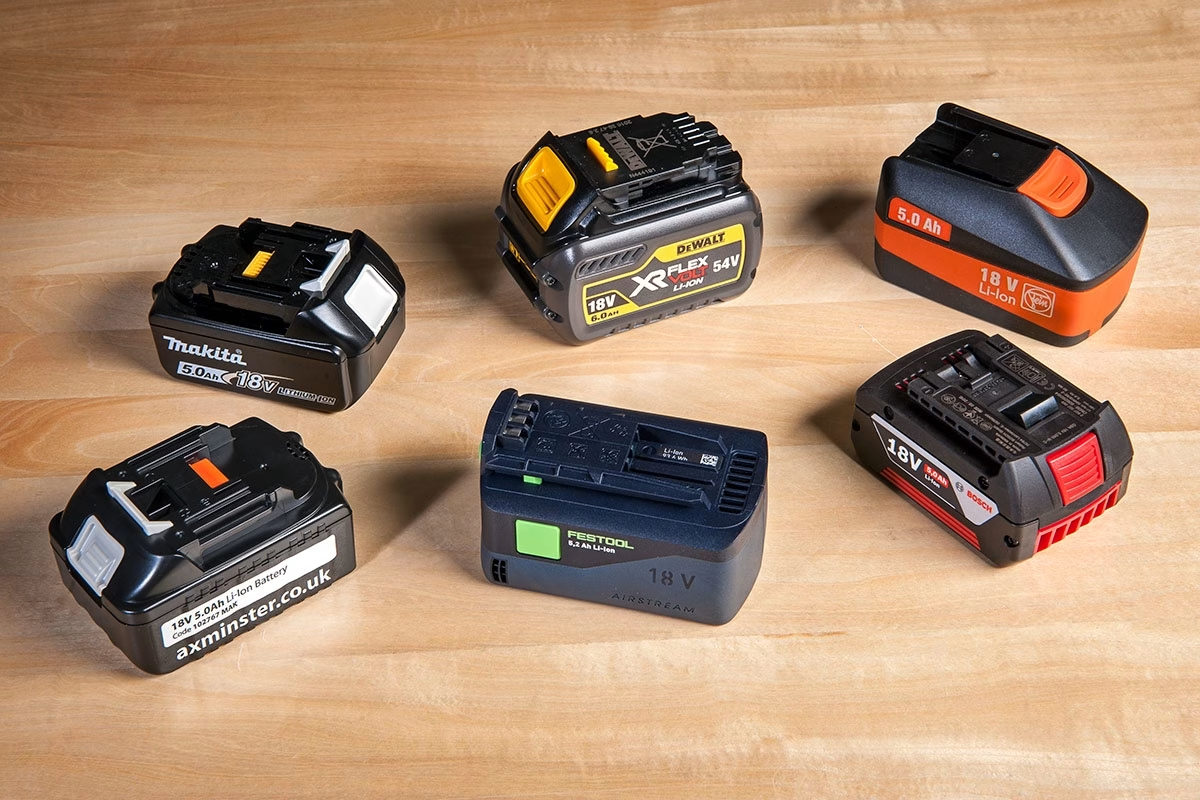Power Tool Batteries: Can You Swap a 6Ah for a 4Ah? Let's Break It Down
Understanding the Numbers: Voltage vs. Amp-Hours
Runtime: The Big Win for Higher Ah
So, what does this capacity difference translate to in the real world? Simply put, a 6Ah battery will give you more runtime than a 4Ah battery. We're talking about a potential 50% increase in how long your tool can operate before needing a recharge. Imagine drilling dozens of holes for a deck or trimming an entire hedge – that extra juice can make a huge difference, especially for professionals who can't afford downtime. It's not about your drill suddenly becoming a super-drill; it's about it working for longer periods.
The Compatibility Question: When Can You Make the Switch?
Key Factors for a Seamless Swap
There are a few critical things to keep in mind to ensure a successful battery upgrade:
- Same Voltage and Ecosystem: This is non-negotiable. Always ensure the voltage matches. A 20V battery for a 20V tool, an 18V for an 18V, and so on. Crucially, stick to the same brand's ecosystem. Connectors and communication protocols are proprietary. Trying to mix brands, even if the voltage is the same, is a recipe for disaster.
- Physical Fit: Higher Ah batteries often have more cells packed inside, making them physically larger and heavier. Most modern tool designs (think post-2023) are engineered with backward compatibility in mind, meaning the larger batteries will still slot in. However, it's always a good idea to do a quick visual check or consult your tool's manual if you're using a very old tool with a brand-new, high-capacity battery. Some older tool housings might be a bit tighter.
- Charger Capability: Your existing charger should be able to handle the higher capacity battery. Most modern chargers from reputable brands are designed to adapt. They might just take a bit longer to fully charge the 6Ah pack compared to the 4Ah. It's rare, but always worth double-checking your charger's specifications if you're unsure, especially with older charging units.
Benefits Beyond Just Runtime
While extended runtime is the most obvious advantage, there are other perks to consider when upgrading your battery capacity:
- Consistent Performance: Because voltage remains the same, your tool's power output (torque and speed) won't change. You get the same performance, just for longer. It’s like putting premium fuel in your car – it doesn’t make the engine faster, but it might run more efficiently or for longer.
- Efficiency Gains: Newer battery technologies are constantly improving energy density. This means higher Ah batteries are becoming more efficient, packing more power into a manageable size and weight. Some advanced packs even incorporate better thermal management, which can contribute to overall battery health and performance.
- Reduced Downtime: For professionals, fewer battery changes mean more work gets done. This translates directly to increased productivity and potentially higher earnings. For DIYers, it means finishing that weekend project without interruption.
Potential Downsides and What to Watch Out For
It's not all sunshine and longer runtimes, though. There are a couple of things to be aware of:
- Weight and Balance: That extra capacity comes at a cost – weight. A 6Ah battery can be noticeably heavier than a 4Ah, which might impact the balance of smaller or lighter tools, or lead to fatigue during extended overhead use. If you're working on a ladder or doing a lot of overhead drilling, this is something to consider. Some brands offer more compact "high-output" versions of their larger batteries to mitigate this.
- Cost: Higher capacity batteries are generally more expensive. You're paying for more cells and advanced battery management systems. It's an investment, but one that often pays off in terms of productivity and convenience.
- Charge Time: As mentioned, expect a longer charging cycle for those bigger batteries. If you're used to a quick top-up of your 4Ah pack, you'll need to adjust your workflow or invest in a second higher-capacity battery to ensure you always have a charged one ready.
